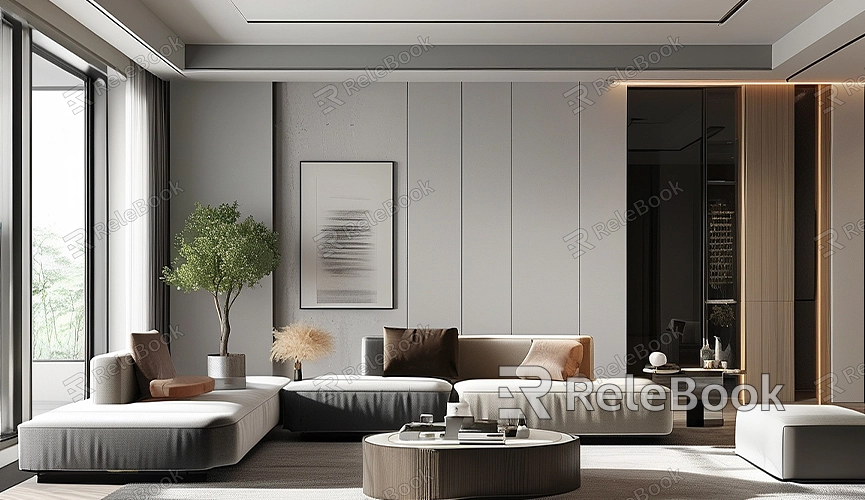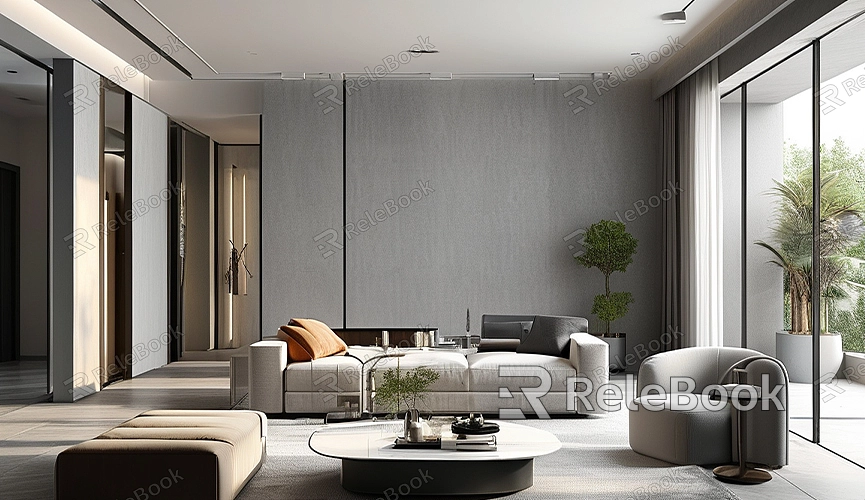How to Render a Animation in Blender 2.8
Blender 2.8 is a powerful 3D creation suite widely used for animation, modeling, and rendering. Rendering an animation is a crucial step in Blender, transforming your 3D scenes into smooth video sequences. This article will guide you through the process of rendering animations in Blender 2.8 and share some practical tips to enhance the rendering quality.
Understanding Blender 2.8's Render Settings
Rendering an animation in Blender 2.8 is relatively straightforward, but understanding the various settings is essential to achieve the desired outcome. Here are the key steps and settings:

1. Setting the Render Engine
Blender 2.8 supports multiple render engines, such as Eevee and Cycles. Choosing the right render engine depends on your requirements for image quality and rendering speed:
- Eevee: A real-time render engine suitable for projects requiring fast rendering, though the image quality may not be as high as Cycles.
- Cycles: A physically-based render engine providing higher image quality but with longer render times.
You can select the desired render engine from the render tab at the top.
2. Configuring Render Settings
Before rendering the animation, configure the render settings:
- Resolution: Set your render resolution in the "Output Properties" panel. Common resolutions include 1920x1080 (Full HD) or 3840x2160 (4K).
- Frame Range: Set the start and end frames of your animation. This determines which frames Blender will render.
- Output File Format: Choose the output format for your animation, such as FFmpeg for video or PNG sequence for image sequences.
3. Setting the Render Path
In the "Output Properties" panel, set the save path for the render results. Ensure you choose an appropriate folder and filename for easy management and retrieval.

Steps to Render the Animation
1. Check the Animation
Before starting the render, ensure your animation plays smoothly in the "Timeline" or "Preview" window. Adjust keyframes or fix issues in the animation if necessary.
2. Pre-render Check
Use Blender's "Pre-render" function to check the animation's effect. Click "Render" in the menu and select "Render Animation." Blender will render the first frame and display the result. This helps confirm if your settings are correct.
3. Start Rendering
Once all settings are confirmed, begin the render process. Click "Render" in the menu and select "Render Animation." Blender will render your animation frame by frame and save it to the specified location.
4. Monitor Render Progress
The render process may take some time, especially for high-resolution and complex scenes. You can monitor the progress and estimated completion time in the "Render" window. If issues arise during rendering, check Blender's console or render log to resolve them promptly.
Tips to Enhance Render Quality
1. Optimize the Scene: Reduce unnecessary polygons and materials. Optimizing the scene can speed up rendering and improve the render quality.
2. Use Ray Tracing: In the Cycles render engine, use ray tracing for more realistic lighting effects, though it requires longer render times.
3. Adjust Sampling Settings: Increasing the sample count can improve image quality but also increases render time. Finding the right balance can yield the best results.
Rendering animations in Blender 2.8 requires patience and careful adjustment. From setting the render engine to configuring the resolution and output format, each step can impact the final outcome. If you need high-quality 3D textures and HDRI, or want to download 3D models for creating scenes, you can find them on Relebook. Download the textures and 3D models, and import them into your project for enhanced realism and detail.

